Before podcasts and streaming services, radio was the ultimate storytelling medium, captivating audiences with its ability to spark vivid imagery through sound alone. From the crackle of the dial to the thrilling tones of iconic announcers, radio shows were more than just entertainment—they were an event.
Families would gather around their radios, eagerly tuning in to stories of mystery, laughter, and drama that brought excitement to their evenings and sparked conversations for days.
These shows weren’t just filler; they were cultural milestones that shaped the way we share and consume stories.
From the suspenseful twists of crime dramas to the heartwarming tales of everyday life, radio programs had a way of connecting people, transporting them into new worlds, or simply bringing a comforting voice into their homes.
Their influence can still be felt today, as they laid the groundwork for the serialized storytelling we love in podcasts and television.
The Shadow
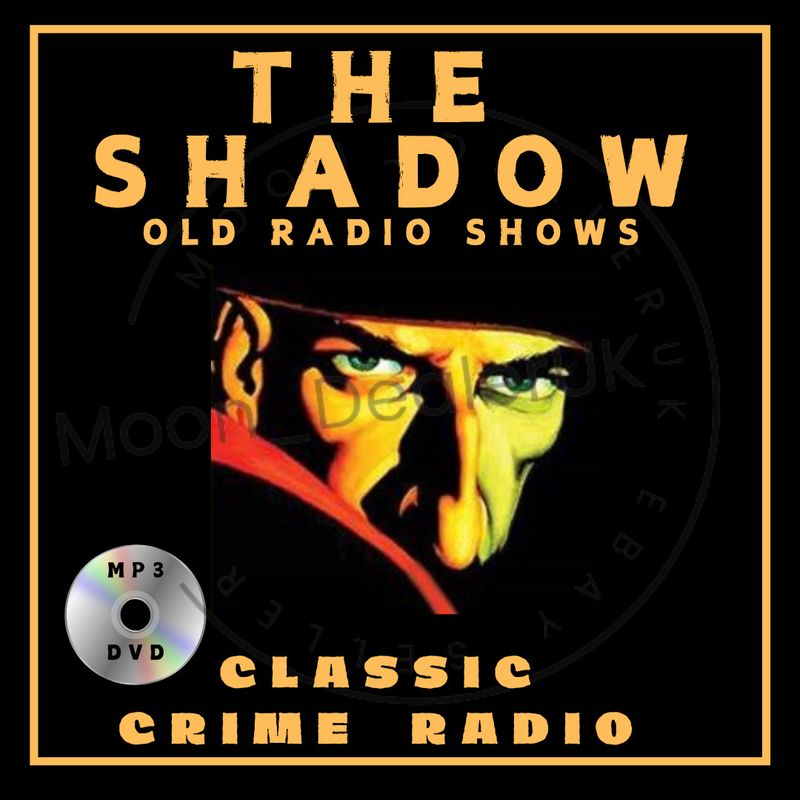
“The Shadow” was a pioneering radio show that aired from 1937 to 1954. Its protagonist, Lamont Cranston, fought crime with the power to “cloud men’s minds”.
This thrilling program captivated listeners with its suspenseful plots and eerie atmosphere.
Listeners tuned in weekly to hear the iconic phrase, “Who knows what evil lurks in the hearts of men? The Shadow knows!
” The show was a masterclass in creating tension and drama purely through audio.
Whether you were a fan of mystery or simply enjoyed the allure of radio’s heyday, “The Shadow” was sure to entertain.
War of the Worlds
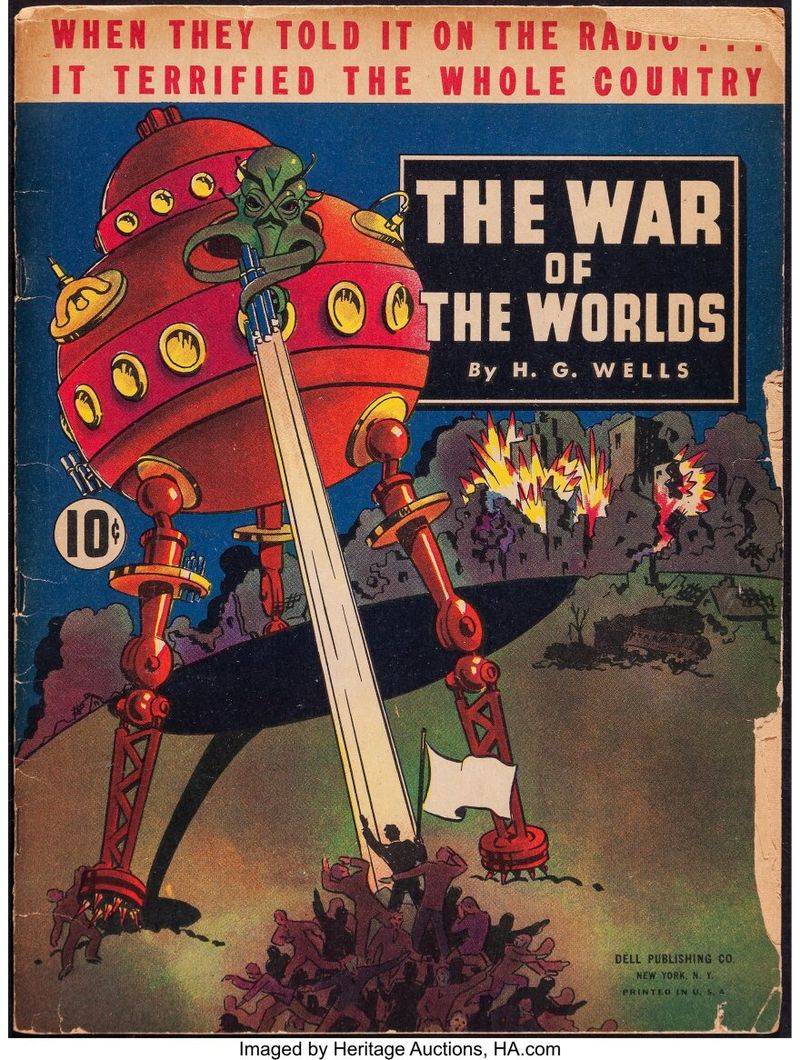
On Halloween Eve 1938, Orson Welles’ “War of the Worlds” broadcast caused panic. The realistic portrayal of a Martian invasion had listeners convinced that Earth was under attack.
This infamous program is a testament to radio’s power to immerse and engage.
With expert use of sound effects and dramatic narration, Welles’ adaptation of H. G.
Wells’ novel demonstrated the medium’s storytelling potential. The broadcast remains a legendary moment in media history.
Decades later, it serves as a reminder of the importance of verifying information before succumbing to fear.
Amos ‘n’ Andy
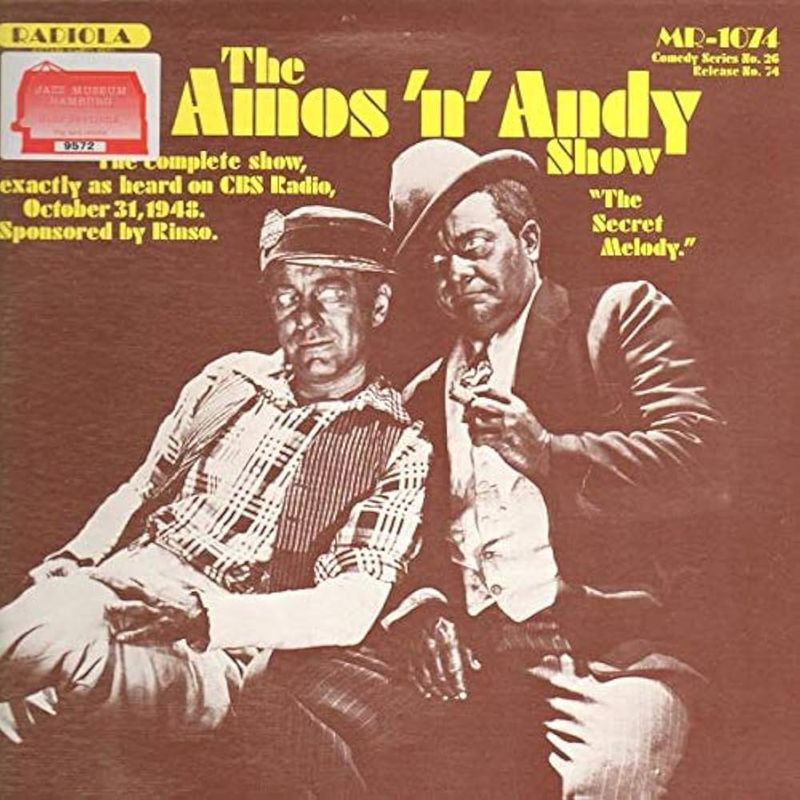
“Amos ‘n’ Andy” was a groundbreaking radio show that aired from 1928 to 1960. Created and voiced by white actors Freeman Gosden and Charles Correll, it followed the comedic misadventures of two African-American characters.
Despite its stereotype-laden content, the show was immensely popular, reflecting societal norms of its time. It serves as a historical artifact revealing early media’s racial attitudes.
“Amos ‘n’ Andy” laid the groundwork for future sitcoms, demonstrating radio’s ability to shape public opinion while entertaining millions.
Fibber McGee and Molly
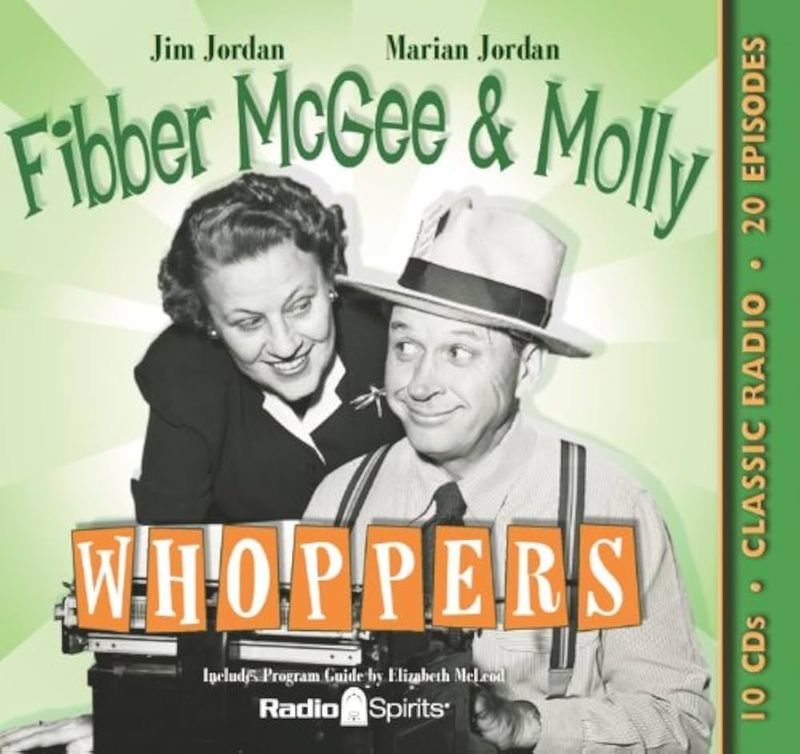
Debuting in 1935, “Fibber McGee and Molly” was a beloved comedy show that captured audiences with its light-hearted humor. The couple’s adventures in the fictional town of Wistful Vista drew in listeners for their wit and charm.
Famous for the gag of McGee’s overstuffed closet, each show was a new comedic escapade, filled with endearing characters and clever dialogue. The show’s ability to create vibrant scenes made it a staple in radio entertainment.
Today, it remains a happily remembered example of radio’s golden age creativity.
The Jack Benny Program
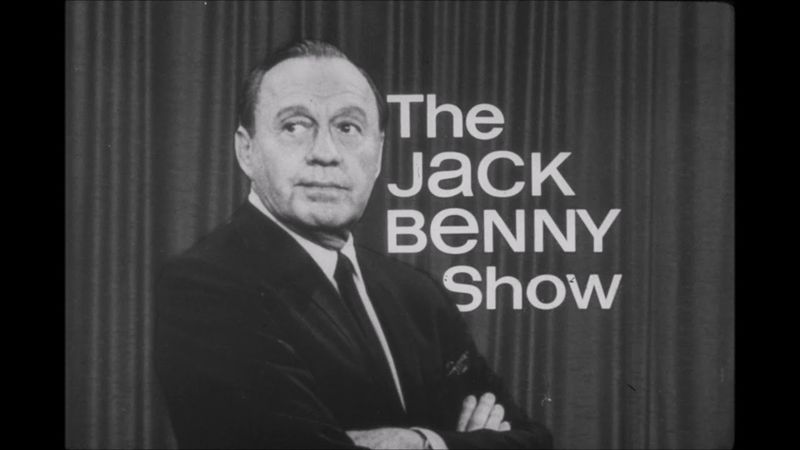
“The Jack Benny Program” aired from 1932 to 1955, becoming one of radio’s most enduring shows. Known for its witty humor and Benny’s deadpan delivery, it brought laughter to millions.
Jack Benny’s comedic talents, supported by a talented cast, created memorable sketches and running gags like his stinginess and violin playing. The show’s format, blending comedy and casual conversation, was revolutionary.
Jack Benny’s legacy lives on, influencing comedians and setting the standard for humor in broadcasting, showcasing radio’s ability to create a personal connection.
Suspense
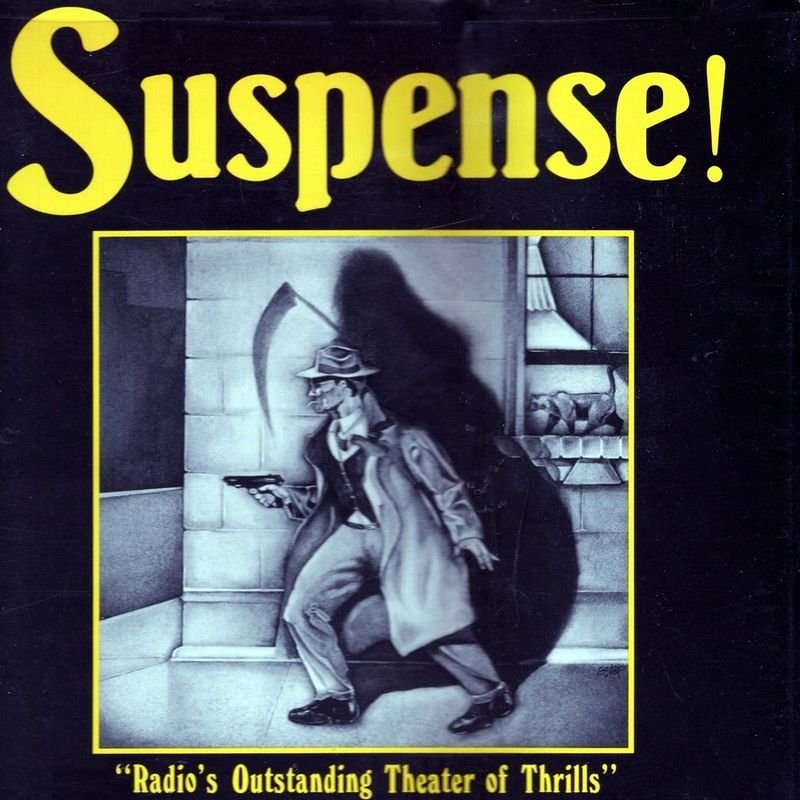
Airing from 1942 to 1962, “Suspense” was a radio anthology series famous for its chilling tales. Each episode brought gripping stories, often featuring notable Hollywood stars, keeping audiences on the edge of their seats.
The series’ use of sound and pacing created an immersive experience that showcased radio’s potential for psychological thrill. It was a master of building tension.
“Suspense” remains a celebrated example of the thriller genre, proving that well-crafted storytelling can transcend visual mediums.
The Lone Ranger
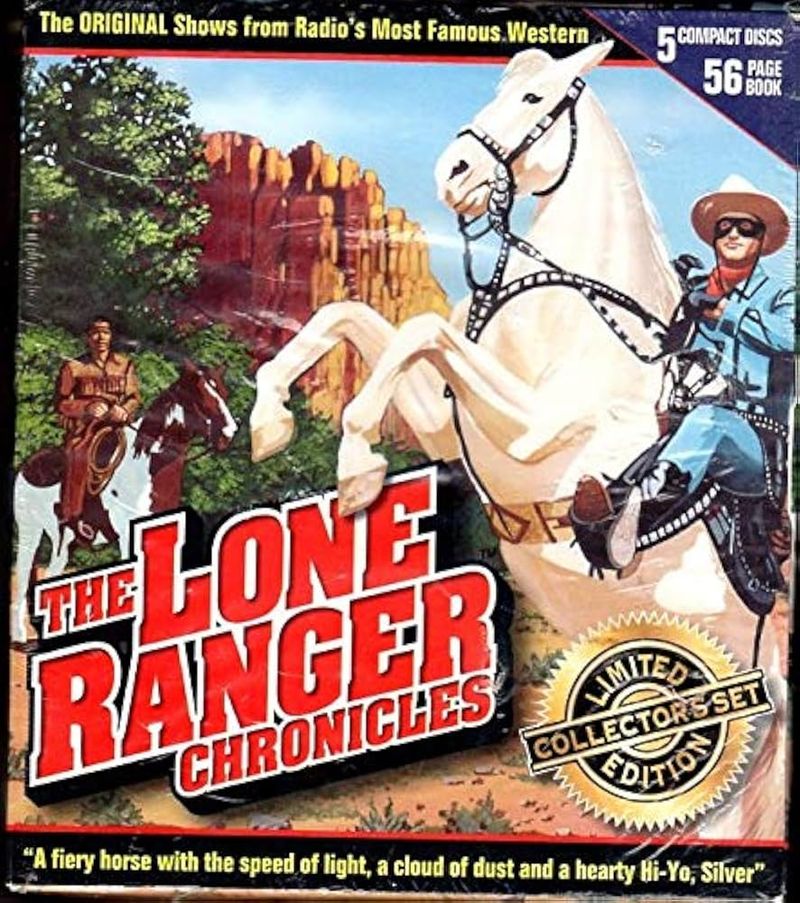
“The Lone Ranger” was a thrilling adventure series that aired from 1933 to 1954. The tale of the masked hero and his Native American sidekick, Tonto, was a radio staple, delivering justice in the Wild West.
With its iconic “Hi-Yo, Silver! Away!
” catchphrase, the show captured imaginations with daring rescues and moral lessons. Its storytelling captivated both young and old listeners.
The Lone Ranger’s legacy continues, as it laid the foundation for westerns in radio and other media.
Our Miss Brooks
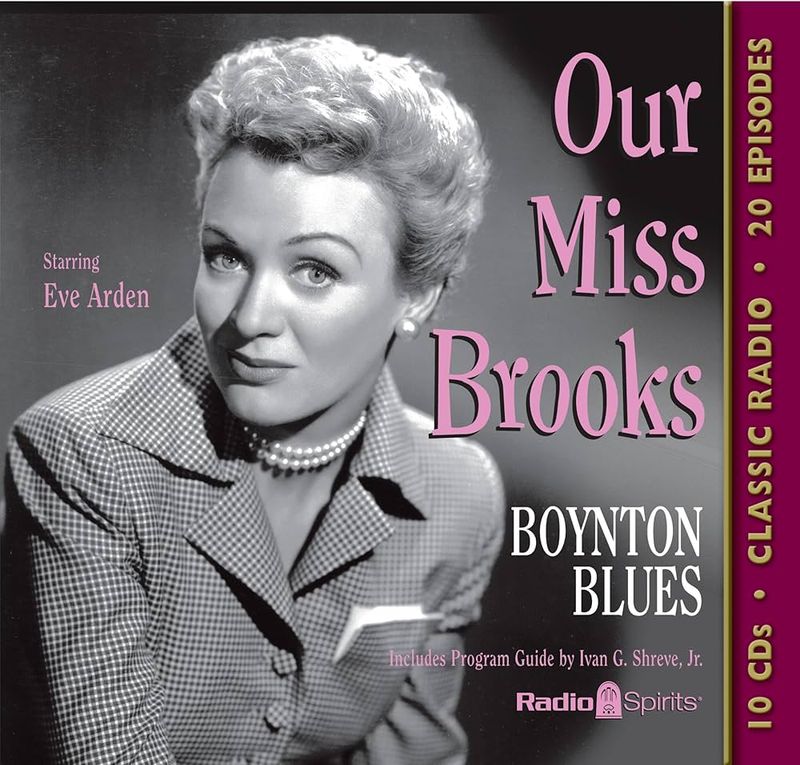
“Our Miss Brooks” aired from 1948 to 1957, bringing humor and charm to its listeners with stories of a sassy schoolteacher, Connie Brooks. Played by Eve Arden, Brooks’ relatable antics in the world of education won hearts.
The show’s unique blend of wit and warmth made it a standout in comedic radio programming. It highlighted the everyday challenges faced by women in professional roles.
“Our Miss Brooks” paved the way for future female-led comedies, proving that strong, funny female characters could lead a successful series.
The Green Hornet
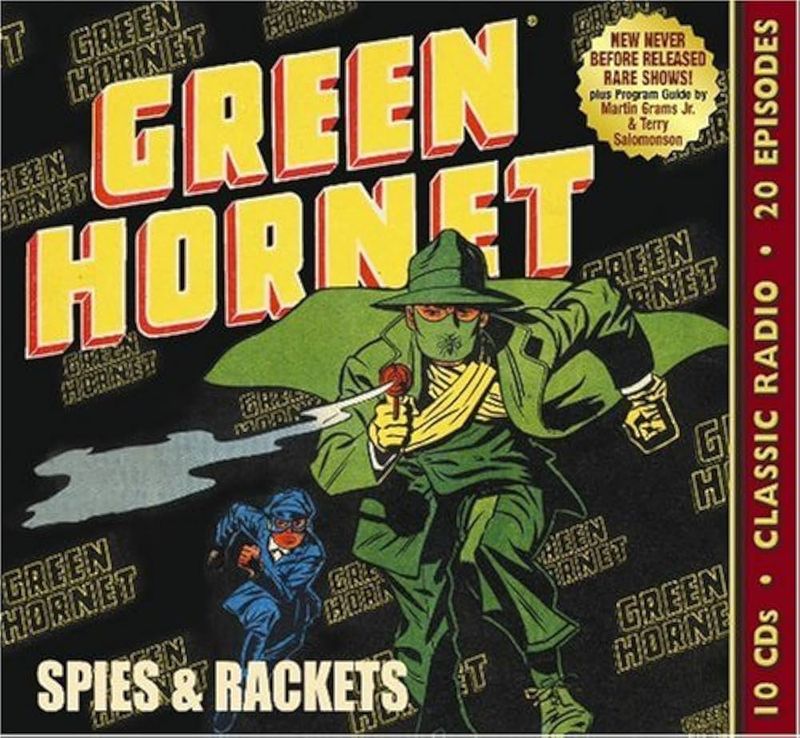
“The Green Hornet” aired from 1936 to 1952, chronicling the adventures of newspaper publisher Britt Reid, who fought crime as the masked vigilante known as The Green Hornet.
With his trusty sidekick Kato, the show combined action with the intrigue of investigative journalism. Its thrilling stories kept audiences engaged, proving the allure of the superhero archetype.
The radio drama was a precursor to the comic book heroes that followed, showcasing radio’s ability to create dynamic, serialized storytelling.
Lights Out
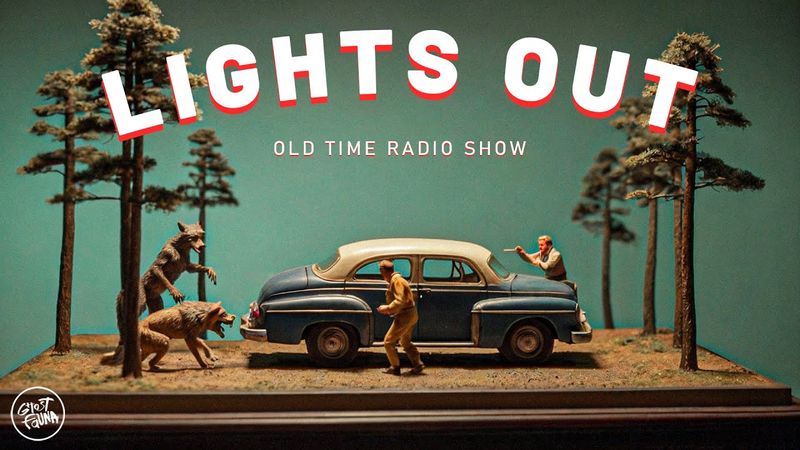
“Lights Out” was a groundbreaking horror radio program that aired from 1934 to 1947. Known for its chilling stories and atmospheric sound effects, it terrified audiences with macabre tales.
Created by writer Wyllis Cooper, the show pushed the boundaries of what radio could achieve in the horror genre. Each episode offered a unique blend of suspense and terror, leaving a lasting impression.
“Lights Out” remains a testament to radio’s power to evoke fear and imagination without visual aids.
Dragnet
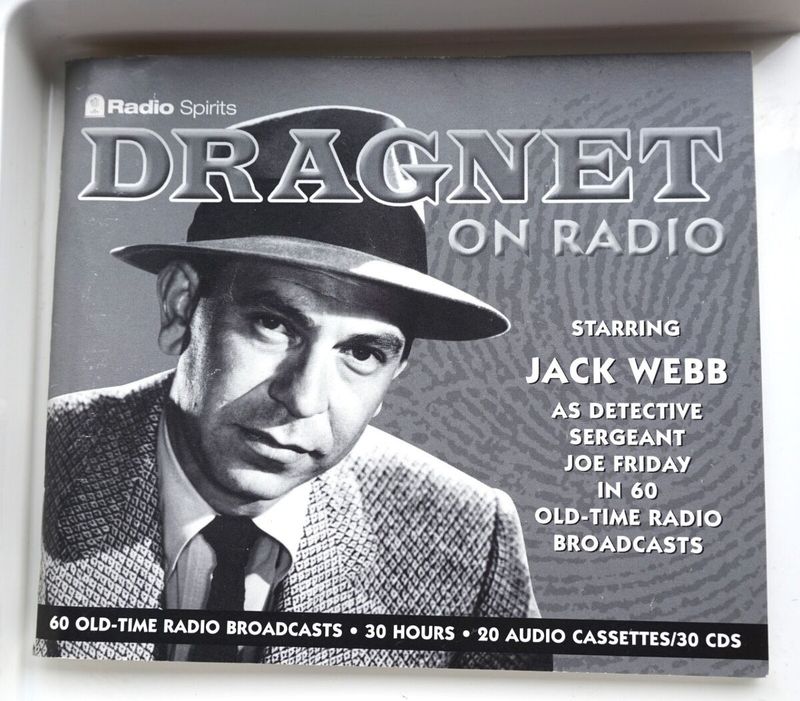
“Dragnet” was a pioneering police procedural radio show that aired from 1949 to 1957. Created by Jack Webb, it brought realism to crime dramas with its authentic portrayal of police work.
Featuring the iconic “dum-de-dum-dum” theme, “Dragnet” captivated audiences with its factual storytelling and character-driven narratives. It set the standard for future crime procedurals.
Through its commitment to realism, “Dragnet” demonstrated radio’s ability to engage audiences with serious, compelling content, paving the way for similar shows on television.
